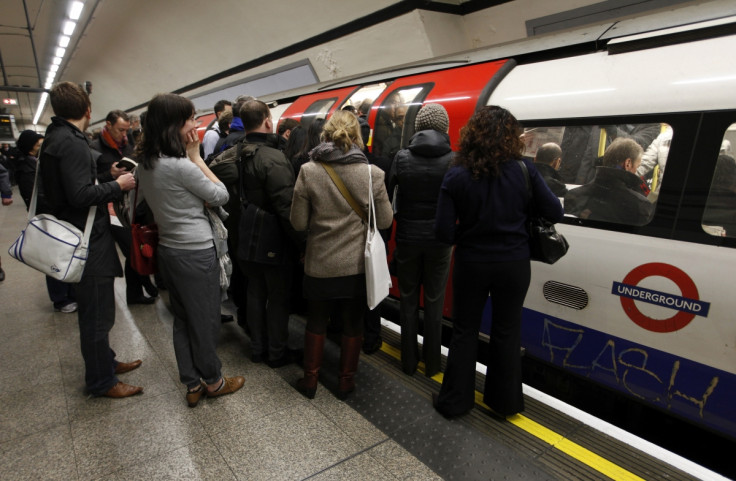Strains of 'world's most dangerous superbugs' found on London Underground
Victoria, Circle and Piccadilly found be most dirty Tube lines in terms of hosting bacteria.

The London Underground has been found to host some of the world's most dangerous superbugs including strains of antibiotic-resistant bacteria that are the "greatest threat to human health", according to research.
Scientists from the London Metropolitan University found a total of 121 different types of bacteria and mould on the capital's transport system after taking swab samples on taxi cabs, London buses and all London Underground tube lines.
The research found the Tube system was by far the dirtiest form of transport, with the Victoria Line alone hosting 22 different forms of bacteria, four of which appear on the World Health Organisation's priority list identifying strains which are the greatest risk and urgently require new anti-biotic development.
Some of the strains of bacteria found on the tube include Staphylococcus Aureus, which can cause of range of skin infections if it contaminates a wound, the much more dangerous Klebsiella Pneumoniae.
Dr Paul Matewele, senior lecturer in the School of Human Sciences who worked in collaboration with insurers Staveley Head to conduct the study, said: "Not only did we find some of the world's most dangerous superbugs, but other forms of mould and bacteria that can be harmful to human health were discovered as part of this research.
"Bacteria from rodents like rats and mice were also found upon tube lines, along with traces of faecal bacteria and bacteria from sewage. These can cause water infections or skin infections like abscesses if you come into contact with them."
Elsewhere, the research found that there were an average 14 traces of bacteria in London's cabs, as well as traces of faeces and salmonella, with buses found to host the least bacteria (an average of eight) but the most mould.
Dirtiest Tube lines
- Metropolitan line – 11 bacteria found
- Bakerloo line – 13 bacteria found
- Hammersmith and City – 14 bacteria found
- Central line – 16 bacteria found
- Waterloo and City line – 16 bacteria found
- District Line – 17 bacteria found
- Northern Line – 18 bacteria found
- Jubilee line – 18 bacteria found
- Piccadilly line – 20 bacteria found
- Circle line – 20 bacteria found
- Victoria line – 22 bacteria found
Ashley Peters, managing rirector at Staveley Head, commented: "As insurers of taxi and Uber cabs in London, we were interested to see the results of the tests. We've always felt that it makes good business sense for drivers to regularly clean both the inside and outside of their vehicles – not least because it can have a big impact on Uber driver ratings – but it's now also clear that there is a huge benefit in helping to prevent bacteria developing and stopping it from spreading."
Jill Collis, director of Health, Safety and Environment for Transport for London, said there is no need to be concerned by the findings of the study. She added: "The Tube is an extremely safe environment and our trains and stations are professionally cleaned throughout the day and night.
"There is no cause for customers to worry about bacteria on the Tube or do anything different in terms of hygiene than they would in other public places."
You can find more about the type on bacteria on the Tube using this interactive designed by Staveley Head and London Metropolitan University.
© Copyright IBTimes 2025. All rights reserved.






















